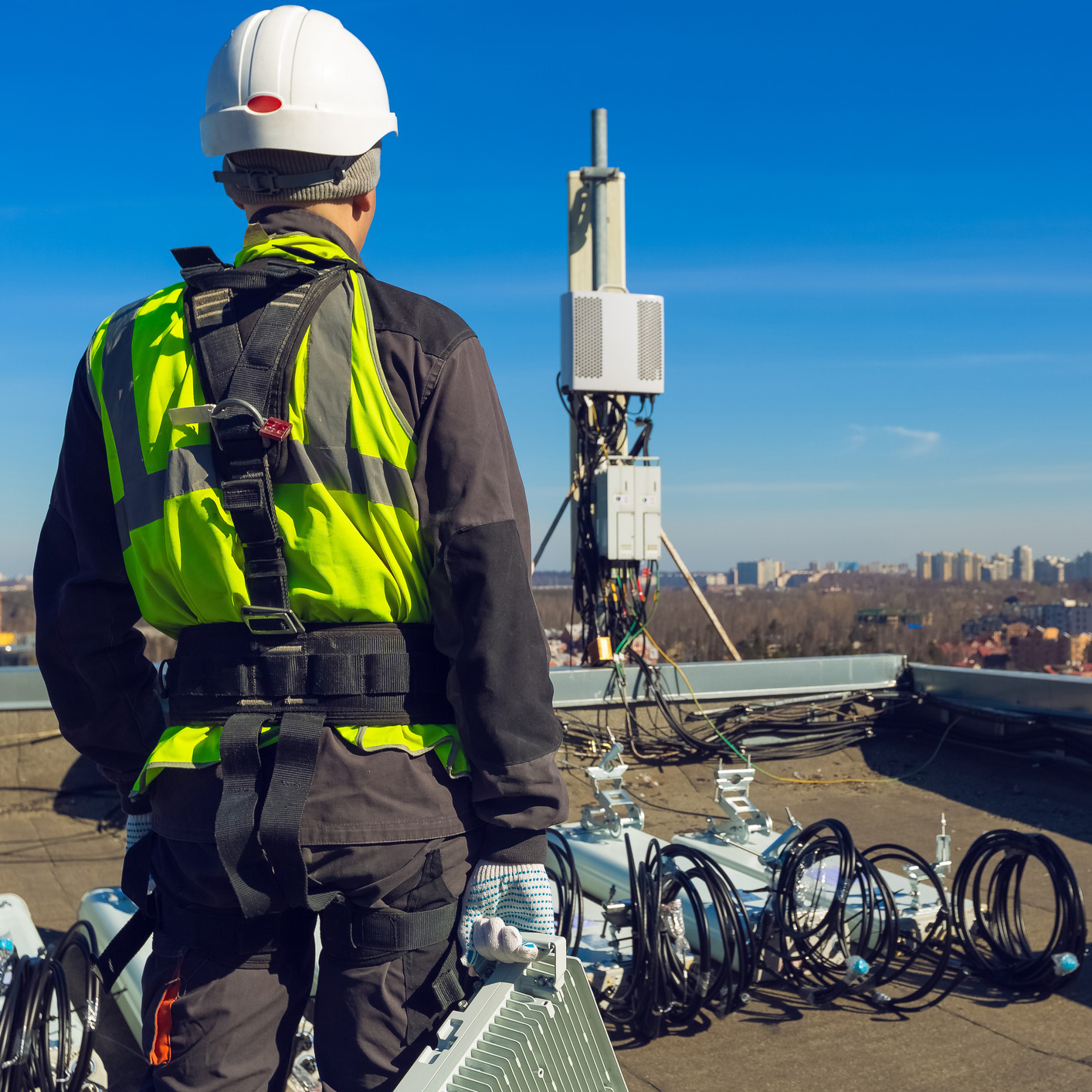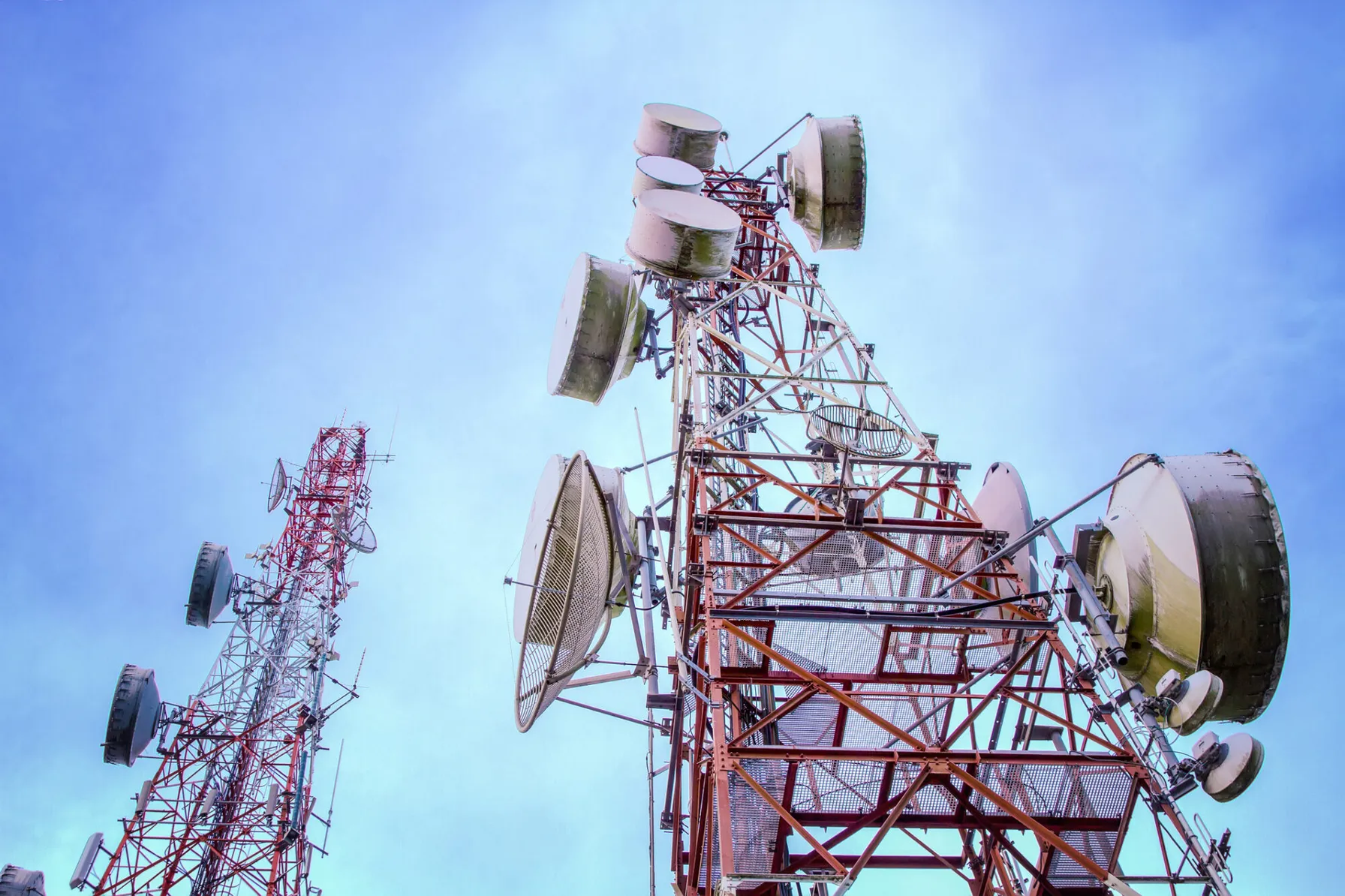Balancing the Interdependence: Why Grid and Telecom Resilience Matters
Electrical grids and communications networks are inseparable pillars of modern infrastructure. They share a unique, symbiotic relationship: power grids rely on communications for grid monitoring, control, and automation, while communications networks require a stable and uninterrupted power supply. This mutual dependence extends beyond just power and communications, impacting vital sectors such as transportation, water supply, and emergency response systems.
The rise of advanced technologies—5G, IoT, smart grids, and cloud computing—has exponentially increased the demand for both reliable power and high-speed communication. Ensuring these systems work harmoniously requires modernizing both electrical grids and telecom networks to build resilience, ensure reliability, and optimize efficiency.
Related Services
Grid Resilience: The Backbone of Telecommunications Reliability
Grid resilience is essential for telecommunications because any disruption in power supply directly affects the performance and reliability of communications networks. Here are some reasons why grid resilience is crucial to telecom providers:
- Uninterrupted Service During Disasters: Power outages due to natural disasters can cripple telecom networks, cutting off communities from critical information and emergency services. A resilient grid ensures that communications systems remain operational during crises, providing support for emergency responders and reducing the disaster’s overall impact.
- Cybersecurity and Grid Protection: A resilient electrical grid not only ensures a stable power supply for communications but also acts as a shield against cyberattacks targeting critical infrastructure. Modern telecom networks support grid cybersecurity through real-time monitoring, redundancy, and automated systems that isolate compromised sections while ensuring continuous operations.
- Public Safety and Critical Communications: During emergencies, public safety communications, including 911 services, require a stable grid to maintain reliable connections. A resilient grid allows these critical services to function without interruption, ensuring that help reaches those in need swiftly.
- Supporting IoT and Smart Cities: The interconnected nature of smart city applications and IoT devices relies on a stable power supply for smooth functioning. A resilient grid supports continuous operation of these technologies, enhancing the quality of life in urban areas and fostering technological growth.
Enhancing Grid Resilience Through Telecom Modernization
Modern telecommunications networks play a pivotal role in supporting grid operations. As technology evolves, the telecom sector must keep pace by upgrading its infrastructure to meet future demands and support grid resilience:
- Upgrading Aging Infrastructure: Outdated telecommunications infrastructure can no longer keep up with modern data requirements or support the high-speed exchange of information needed for real-time grid control and monitoring. Upgrading these networks with the latest technology prevents bottlenecks and ensures seamless communications.
- Adopting New Technologies for Robust Systems: The emergence of 5G, IoT, and smart city applications necessitates a robust, high-capacity telecommunications system. Transitioning to advanced technologies like fiber optics, broadband, and energy-efficient systems enhances connectivity, improves reliability, and supports modern grid operations.
- Leveraging Network Modernization for Resilience: Telecommunications networks themselves must be resilient to withstand disruptions. Upgrading telecom systems to support real-time data exchange with electrical grids enables quick detection and response to outages, grid fluctuations, and cyberattacks. This mutual support ensures continuous power and communication.

Balancing Investment with Efficiency in Network Upgrades
Modernizing telecom infrastructure to support grid resilience requires strategic investment. The key is to balance cost with long-term efficiency, focusing on targeted improvements that maximize impact:
- Cost-Effective Upgrades: Network upgrades should be prioritized in areas that deliver maximum improvement in capacity, reliability, and performance. Rather than replacing entire systems, incremental upgrades to critical components can be cost-effective and efficient, addressing the most pressing needs first.
- Leveraging Existing Assets: Instead of completely overhauling infrastructure, telecom providers can optimize existing assets. For example, older network equipment can be repurposed as backup systems while newer, higher-capacity technology supports primary operations, making the upgrade process more efficient.
- Public-Private Partnerships: Collaborating between public and private entities offers an opportunity to share costs, resources, and expertise for telecom upgrades that enhance both grid and communication network resilience.
- Sustainability and Energy Efficiency: When upgrading telecom systems, incorporating energy-efficient technologies not only reduces operational costs but also aligns with sustainability goals. A sustainable approach to telecom modernization contributes to the overall resilience of both grids and communication systems.

Why Choose TRC for Telecom Network Upgrades?
TRC Companies offers deep expertise in telecommunications and grid resilience, positioning us as a strategic partner for telecom providers. Here’s why working with TRC is the right choice for your telecom upgrade:
- Integrated Solutions Approach: TRC provides end-to-end support for telecom and grid modernization, leveraging our vast experience in electrical infrastructure, telecommunications design, and technology solutions. This ensures a seamless upgrade process that integrates both power and telecom needs.
- Advanced Engineering Services: Our engineering teams specialize in enhancing both telecom networks and grid systems, ensuring that your infrastructure is modernized for resilience, security, and efficiency. From traditional telecom upgrades to advanced 5G, fiber optics, and IoT implementations, we cover all facets of telecom modernization.
- Focus on Resilience and Reliability: TRC’s approach to telecom upgrades emphasizes enhancing resilience to withstand disasters, cyber threats, and fluctuations in grid performance. By integrating innovative technologies, we help clients achieve stable communications even under challenging conditions.
- Customized Solutions for Cost Efficiency: We understand that every telecommunications provider has unique needs. TRC works closely with clients to develop tailored upgrade plans that prioritize critical infrastructure and balance investment with long-term efficiency, using both new technologies and repurposing existing assets.
- Proven Experience and Expertise: With decades of experience in both telecom and power infrastructure, TRC has a proven track record of successful projects that support robust, efficient, and resilient networks for a wide array of clients.
Shaping the Future of Telecom and Grid Modernization
The future of telecommunications is intrinsically linked to the modernization of electrical grids. As demand for reliable, high-speed connectivity grows, telecom providers must be prepared to adapt their networks to support grid resilience while meeting evolving technological needs.
TRC is here to help utilities companies modernize their networks, improve resilience, and enhance efficiency. Ready to explore how we can support your telecom projects and prepare your network for a resilient future? Contact TRC Companies today to learn more.









